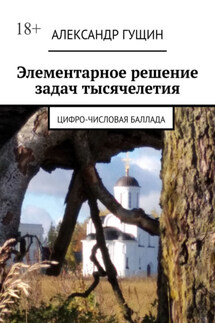All sciences. №7, 2023. International Scientific Journal - страница 5
Keywords: cadmium telluride, semiconductor elements, photovoltaic devices, efficiency, production technology, industrialization.
Аннотация. Активность в области использования полупроводниковых материалов в области энергетических технологий на сегодняшний день открывает большое количество возможностей, что говорит о необходимости дальнейшего более активного развития и использования. Кроме того, стоит также обращать внимание и на применение большого количества различных материалов среди коих могут выделяться отдельные представители, резко повышающие общую эффективность всей полупроводниковой конструкции и находящиеся на данный момент в большем приоритете по подобному измерению в лице бинарных, тернарных и т. д. химический соединений.
Ключевые слова: теллурид кадмия, полупроводниковые элементы, фотоэлектрические устройства, эффективность, технология производства, индустриализация.
Photovoltaic cells, as is known, based on the method of generating electrical energy due to the low energy that must be applied in the face of a particular radiation, operate according to the laws of photovoltaic phenomena (partial equations) (1—2).
And before giving some conclusions about this or that element, which is recognized as the main one for the semiconductor element being created, it is worth considering this chemical compound according to its various parameters. In this case, the role of such a compound is played by cadmium telluride (Fig. 1), which is a binary compound of cadmium and tellurium, and is also considered a semiconductor of the 2-a and 6-b groups with a band gap at temperatures of 300 K at 1.49 eV.
Fig. 1. Cadmium telluride crystal
The use of this element is really popular at the moment when creating solar panels, ionizing radiation detectors and photodetectors, but the mathematical basis of these phenomena still requires consideration. This material, in its normal state, is solid with a molar mass of 240.01 g / mol and a density of 5.85 g / cm3, has a melting point of 1092 degrees Celsius after its formation with a cubic structure or a sphalerite structure, also popularly popular as zinc blende.
In the formed material, the coefficient of linear thermal expansion is 5,9*10—6 1/ K when the temperature value reaches 293 K. The Young’s modulus of such a material reaches 52 Gpa with a Poisson’s ratio of 0.41. Another, for some cases, favorable moments is the circumstance of its transparency for infrared radiation from 830 nm, but negative if it is necessary to detect such classes of radiation. It should be noted that this radiation depends on an energy close to the band gap of the material of 1.5 eV at 300 K, which causes its transparency for this kind of radiation corresponding to 20 microns.
Fig. 2. Shift of fluorescence spectra in cadmium telluride
This element also has the property of fluorescence, but reaches its peak only at 790 nm. This law is effective only for massive crystals, but when their size decreases comparatively and can reach the state of reduction to quantum dots, the peak of fluorescence begins to shift by a certain value, being already in the ultraviolet range. Most of all, this dependence is personified by the fluorescence spectrum of cadmium telluride for various sizes, where the size of colloidal particles increases from about 2 to 20 nm, and some quantum well appears in the face of the reason for this peak shift (Fig. 2).







